Environment America has released an analysis which shows that big box retailers in the United States could host 84TWh worth of solar capacity, and that the stores are already hosting close to 10% of that number. The power would meet approximately 50% of their needs, and could save these locations approximately 25% of the ~$17 billion a year currently spent on electricity bills.
This represents 72 gigawatts of solar capacity – equal to approximately 60% of all solar installed in the nation as of January 1, 2022.
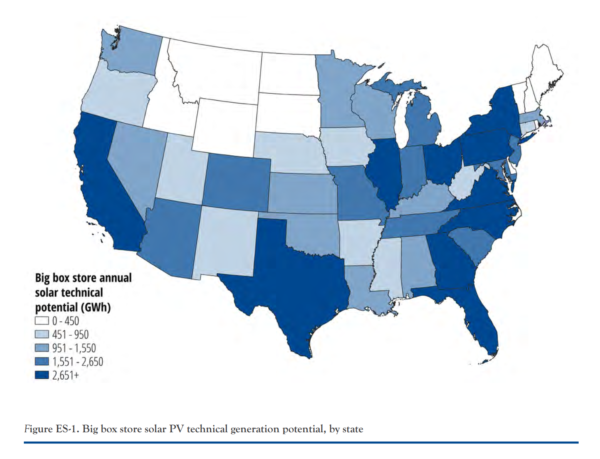
The analysis, Solar on Superstores: Big roofs, big potential for renewable energy, found that there are greater than 100,000 big box stores in the United States. A big box store is one defined as greater than 25,000 square feet and less than 15 stories tall. In total, the stores offer greater than 7.2 billion square feet of space.
Ikea, Walmart, Apple, and Target have already installed a large amount of solar – about 1.4GW. Ikea leads the pack with 54 installations, covering 50% of its electricity, and 90% of its stores. Target has the most capacity with 259MW of volume on greater than 500 locations, while Walmart has installed 194 MW.
Since Apple doesn’t own many large roofs, some of Apple’s installations are ground mounts.
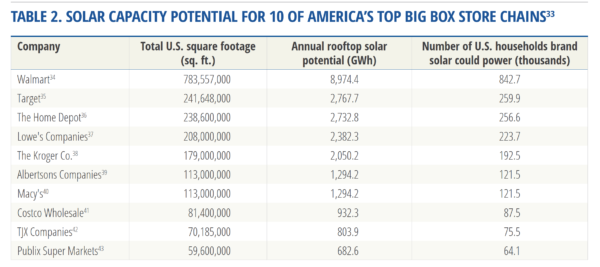
The top ten big box companies could cumulatively install approximately 24% of the 84 TWh of generation potential.
Because Americans will use anything to measure as long as it’s not the metric system, here are a few other ways to think about the numbers. The average Walmart roof is as big as three football fields. Combined, the roofs could power 8 million US homes, and reduce greenhouse gas emissions by an equivalent of 11.3 million gas powered cars.
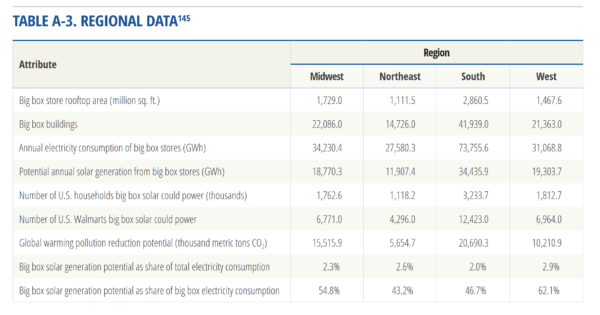
The report notes that solar power also lowers the cooling needs of many stores by absorbing or reflecting the heat away. And if these groups were to integrate energy storage into their solar projects, they could add resiliency – or more importantly – attack their demand charges, which represent 30-70% of their electricity bills.
Speaking of resiliency, the states with the two largest collections of big box stores — California and Texas — also have the power grids with the most challenges.
The authors of the report suggest that politicians offer four techniques to help big box stores go solar in a financially viable way:
- Allowing third party sales of electricity, which enables solar developers to own and finance solar power projects, keeping the cash with the retailers.
- Adopting programs like Commercial PACE, which allow for off books, long term, relatively low priced finance for 100% of the projects.
- Streamlining solar permitting and making permitting fees affordable.
- Instituting full, or very high, net metering credits.
There are some nuances to installing on these types of roofs. Specifically, the facility managers at these locations care deeply about the quality of their roof seal. Leaks can obviously have very expensive consequences. Additionally, these buildings are constructed in a cost effective manner, which means their structural strength is typically just enough to meet code requirements.
As a result of these two dynamics, solar is managed differently. For instance, these companies generally won’t allow penetrations into the roof membrane – meaning it is a requirement to use systems that are ballasted or glued to the rooftop. Additionally, some big box retailers will redo their roof every five to ten years. This means that the solar racking, and the modules, must come down. The economic and technical realities of this procedure must be considered in the financial models.
This content is protected by copyright and may not be reused. If you want to cooperate with us and would like to reuse some of our content, please contact: editors@pv-magazine.com.
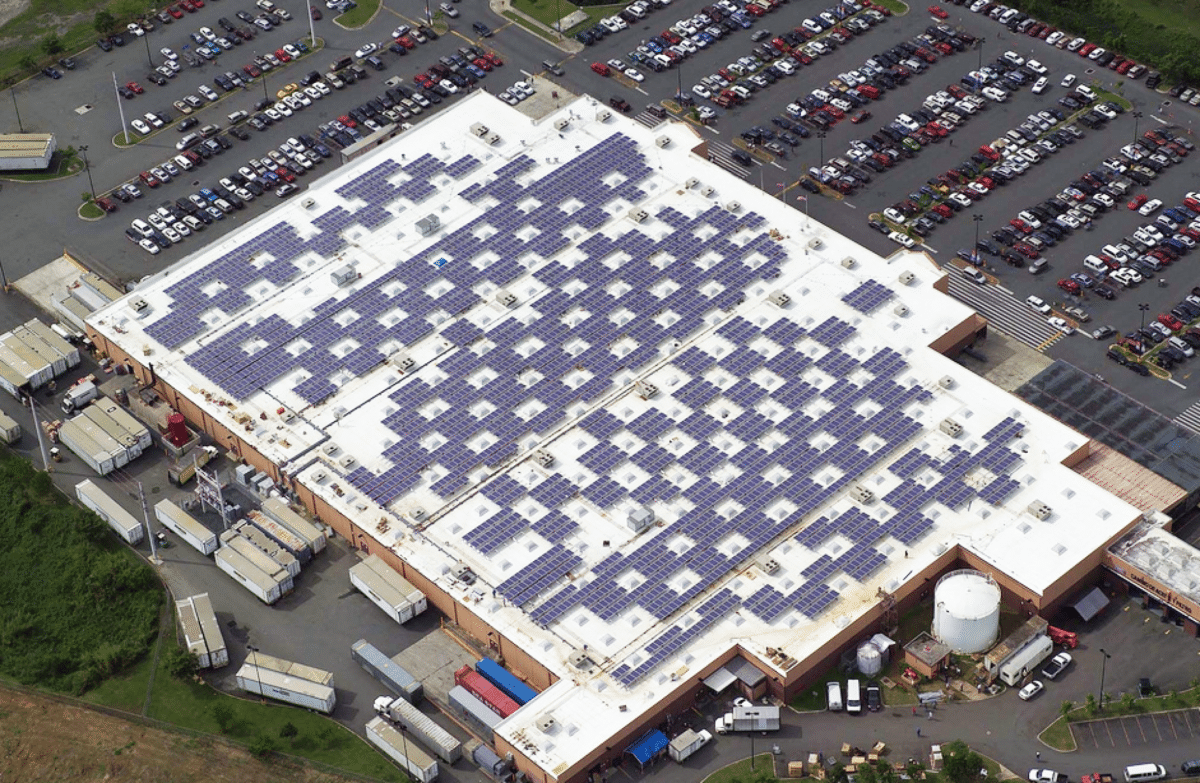
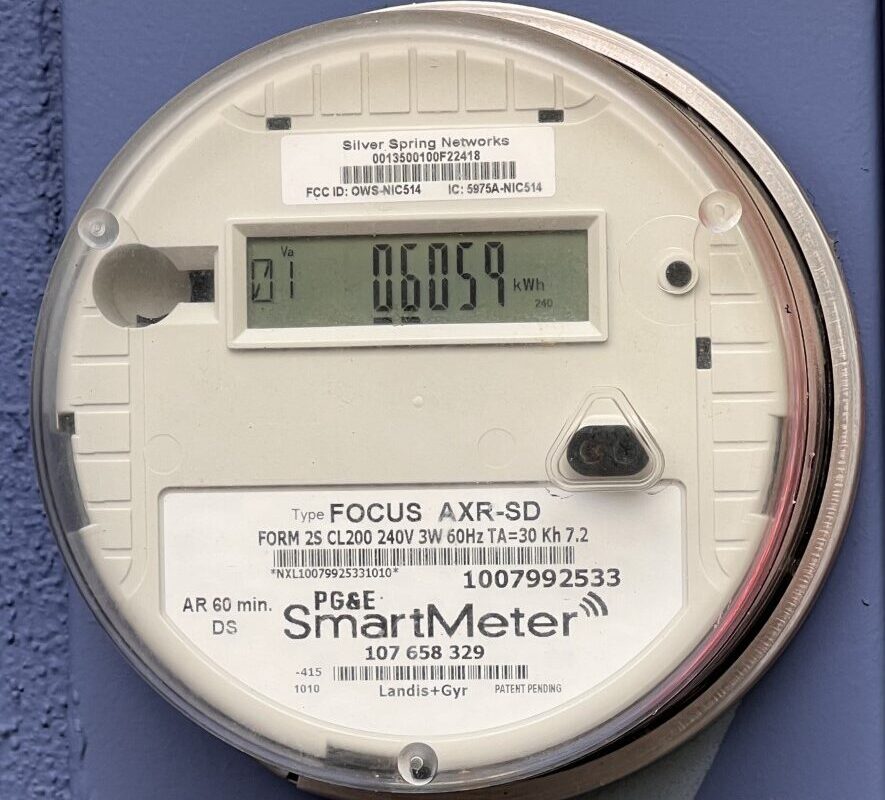



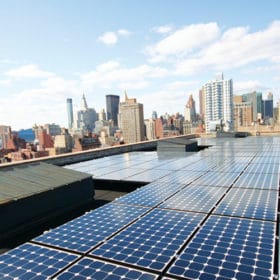


For every Big Box Store, there are 5 warehouses that supply them and use very little electricity themselves. A warehouse could install two systems. One for the warehouse itself and get preferential NEM treatment on that portion and then with a second electrical meter, get the Wholesale rate on the rest like a solar farm. We do not need to cover precious land and habitats if we just use the rooftops, that already exist, right in the middle of the grid rather than 150 miles away. Semi flexible solar panels are just 3 pounds for every 100 watts rather than the 18 pounds of aluminum framed and glass solar panels per 100 watts and could be made for flat roofs that have limited load bearing capability.
It is a great blog post. Helpful and Informative blog. Thanks for sharing this information with us.